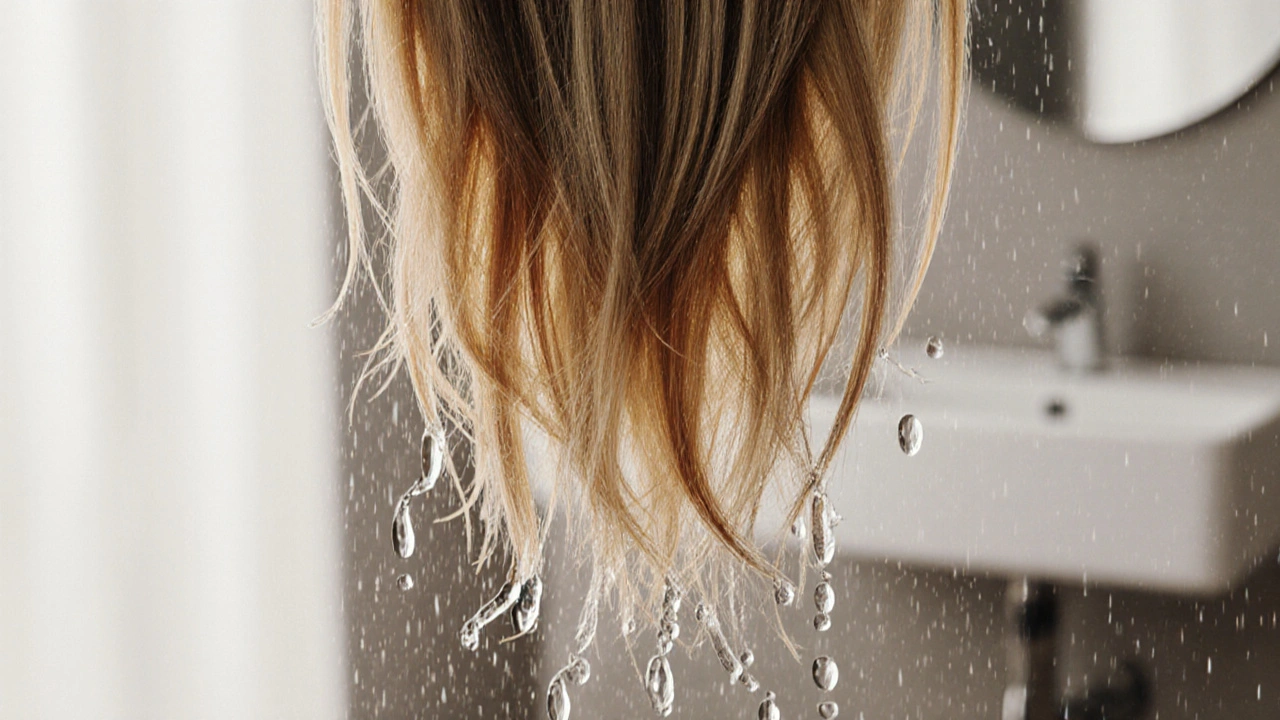When you're looking for hair extension thickness, the density of individual strands or wefts that determine how full or natural the extensions look. Also known as hair extension weight, it's not just about volume—it's about balance. Too thin, and they disappear against your natural hair. Too thick, and they pull, strain your scalp, or look obviously fake. The right thickness makes the difference between "Did you get highlights?" and "Did you get extensions?"
Most people don’t realize that halo extensions, a single weft attached with a thin wire that sits on top of your head work best with light to medium thickness—usually 80 to 120 grams—because they’re designed to blend, not overwhelm. If you have fine or thin hair, going thicker than 120 grams can cause tension and breakage over time. On the flip side, if your hair is thick and you pick ultra-thin 60-gram clip-ins, you’ll end up with patchy, see-through sections that don’t blend. clip-in extensions, temporary extensions clipped into your hair for instant length or volume need to match your natural hair’s density exactly. A 140-gram set might be perfect for someone with shoulder-length thick hair, but it’ll crush fine, straight hair.
Thick extensions aren’t always better. In fact, many salons in North Carolina avoid recommending heavy wefts for everyday wear because they cause headaches, itchiness, and even hair loss from constant pulling. The best results come from matching thickness to your own hair’s texture, length, and health. If your hair is naturally thin but you want volume, go for multiple lighter layers instead of one thick piece. That’s why thin hair extensions, lightweight wefts designed specifically for people with fine or sparse hair are so popular—they add fullness without weight. Brands like Bellami and Hot Head make extensions that are thick enough to look real but thin enough to feel comfortable all day.
Thickness also affects how long your extensions last. Heavier pieces tend to tangle faster and shed more because they put stress on the attachment points. Lighter ones, when cared for properly, can last months without looking worn out. And if you’re thinking about washing, sleeping, or styling them—thickness changes everything. Thick extensions need more time to dry, more careful brushing, and can’t handle high heat as well without damage. Thin ones dry faster and blend better under hats or in windy weather.
Before you buy, check the gram weight. Look at photos of real people with similar hair types. Ask your stylist how much they recommend based on your natural density—not just your desired look. And don’t fall for the myth that more is always better. The most natural-looking extensions aren’t the thickest—they’re the ones that match your hair like it was always there.
Below, you’ll find real guides on choosing the right thickness for your hair type, how to care for different weights, and which extensions actually work for thin hair without slipping or straining. No fluff. Just what you need to get it right the first time.

Hair extensions don't get thicker after washing-what changes is the buildup that made them look full. Learn how to care for them properly to get natural, lasting volume with thin hair.